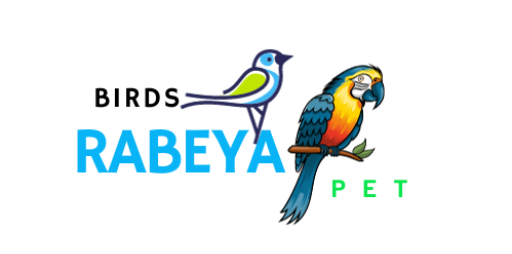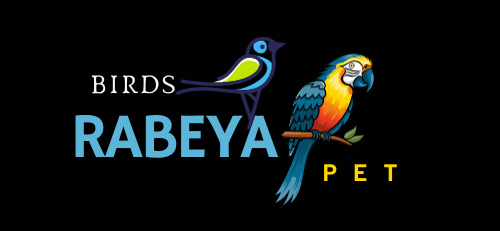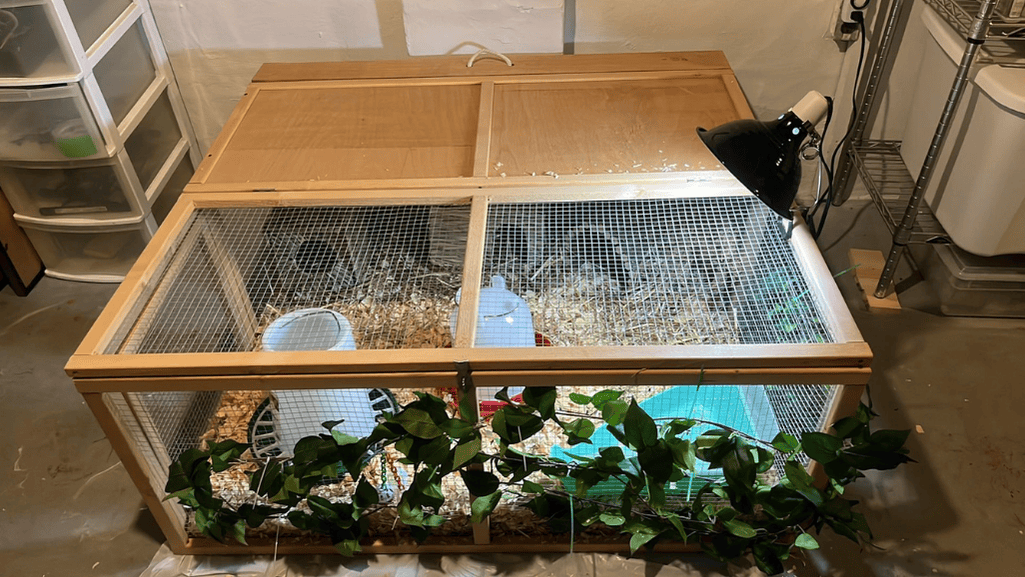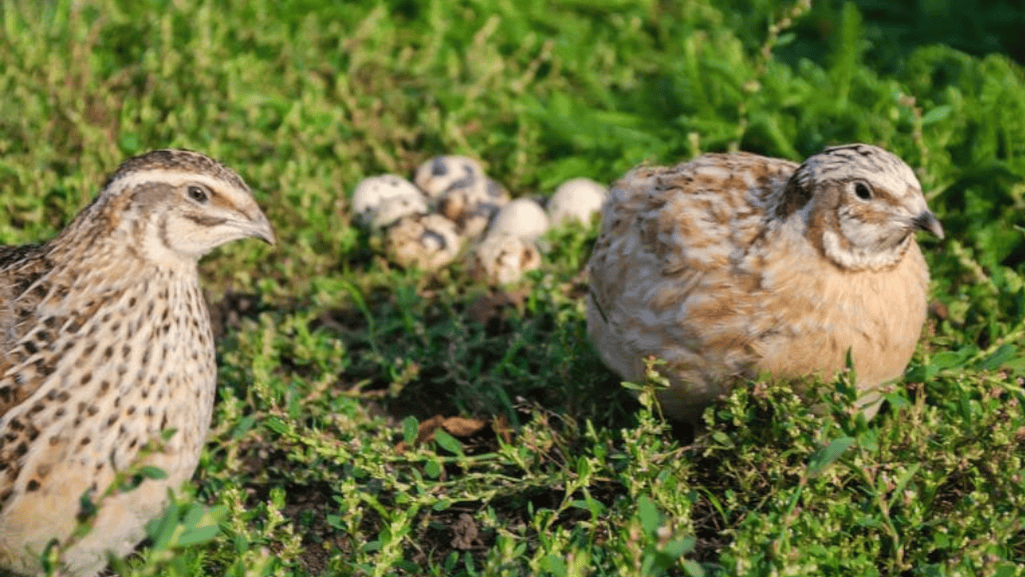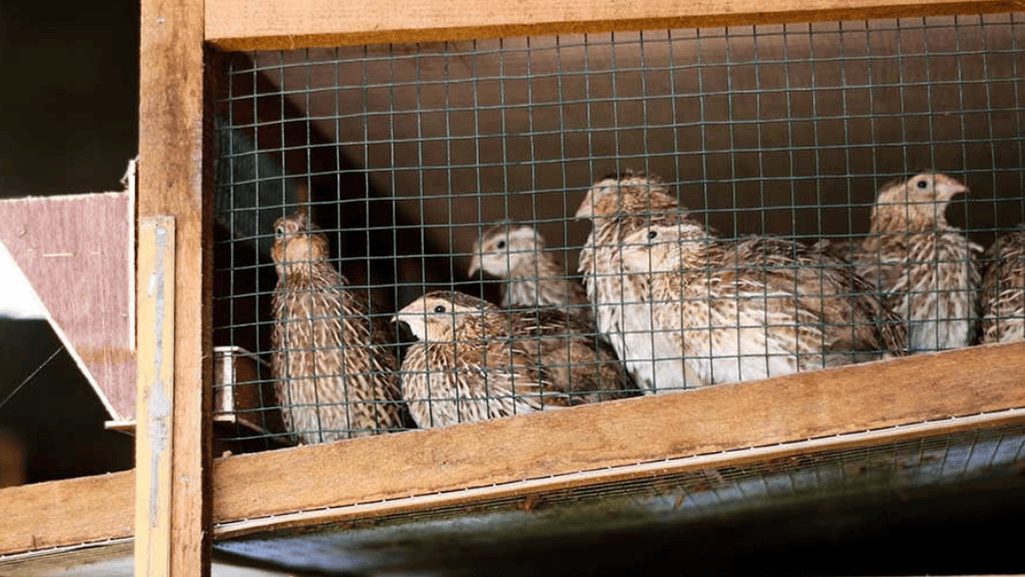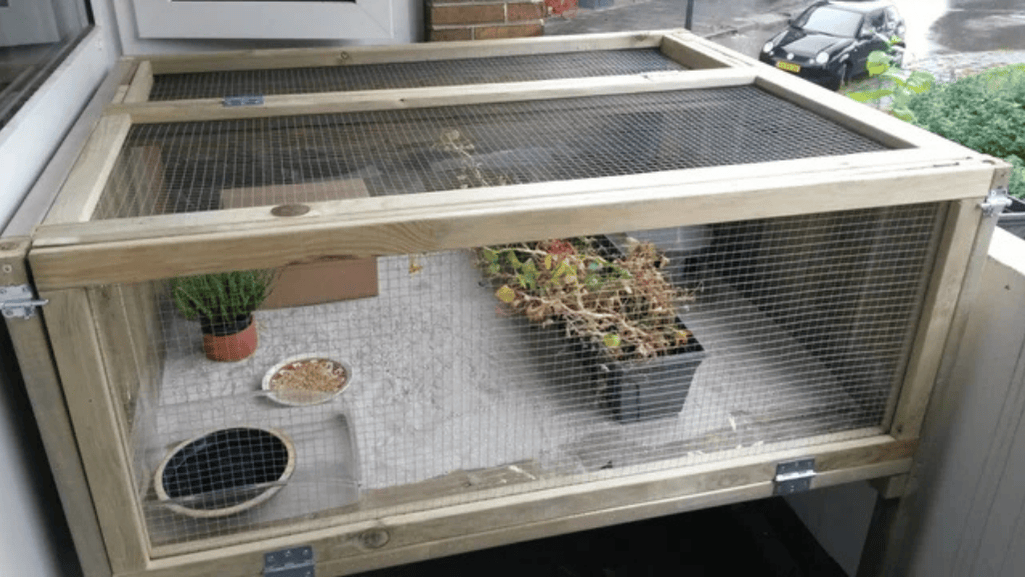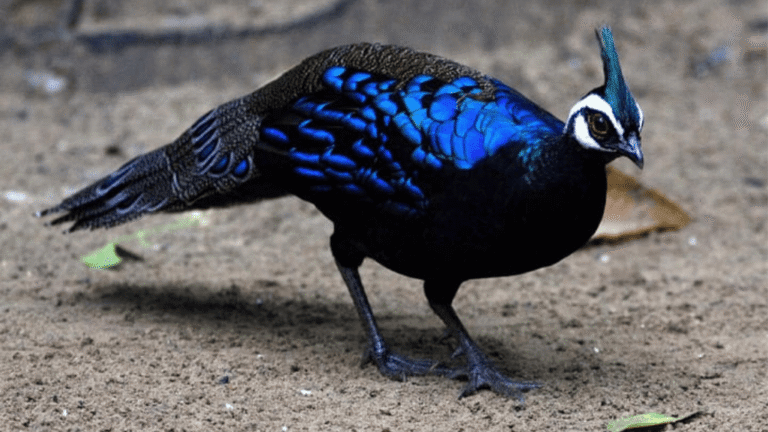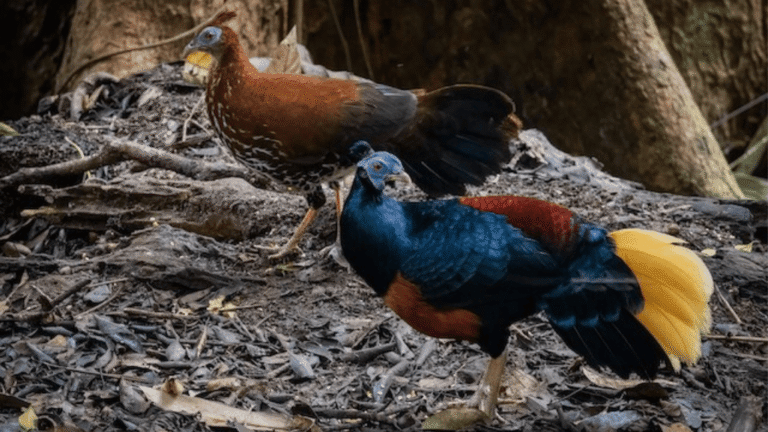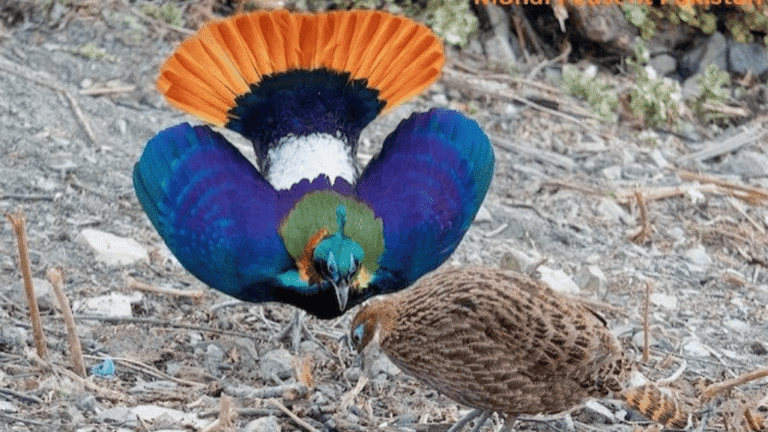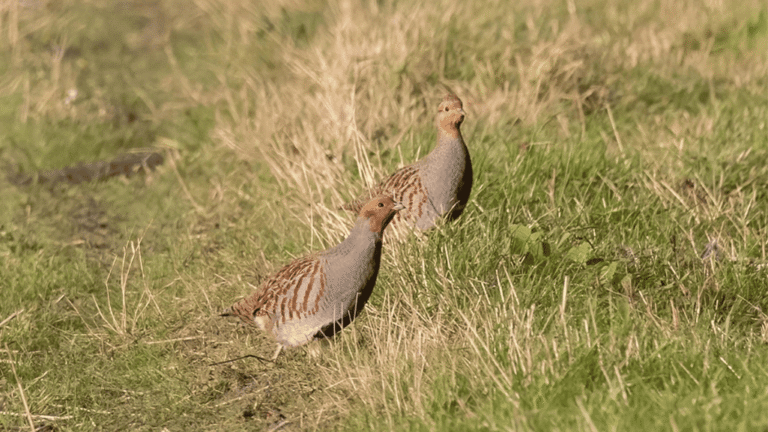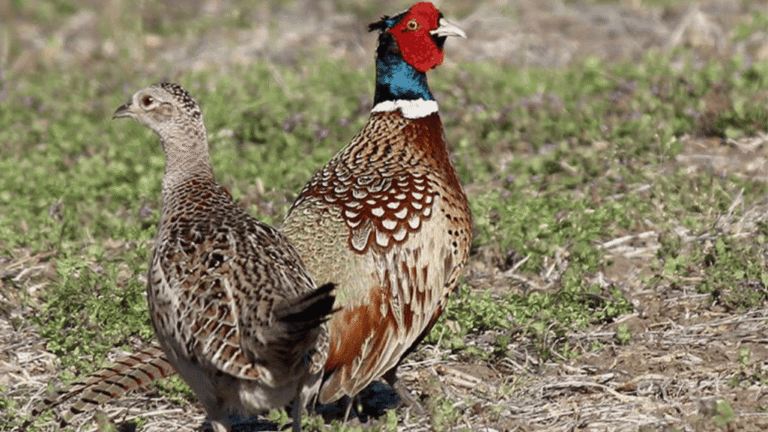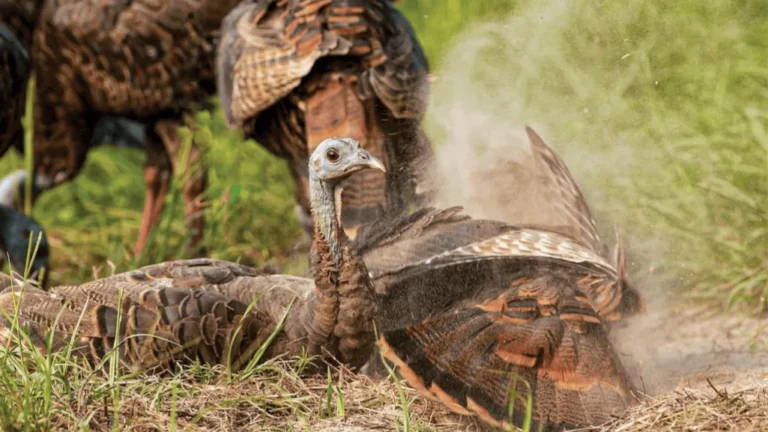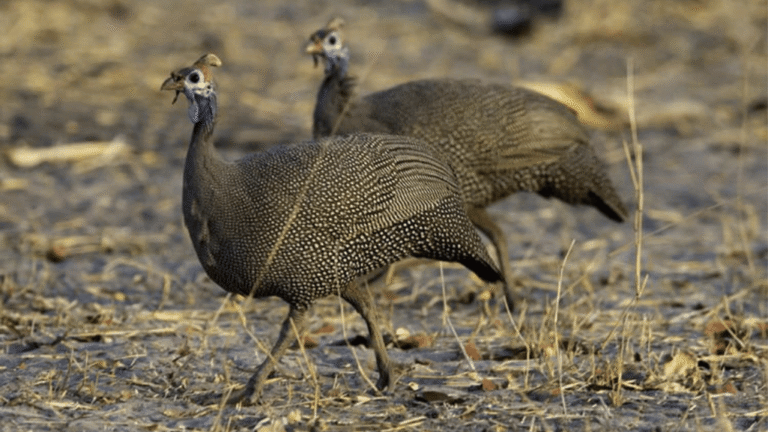Quail enclosure: Welcome to our practical guide on creating quail-friendly outdoor enclosures. If you’re planning to keep quail or already keep a small flock, this guide gives clear, actionable steps to build a safe, comfortable habitat. We cover space guidelines, lighting for egg production, essential supplies, and housing options so you can keep quail successfully.
Key Takeaways:
- A well-planned quail enclosure keeps birds healthy, reduces stress, and protects them from predators.
- Consider how many quail you want to keep and give each bird adequate space to move, hide, and forage.
- Light affects sexual maturity and egg production—make sure you provide natural light or supplemental lighting when needed.
- Gather essential supplies early: sturdy wire mesh for the sides, suitable floor cover, and nest boxes are a first need when you set up habitat.
- You can choose from several housing designs—wire cages, stacked cages, portable quail hutches, or outdoor pens—depending on flock size and purpose.
Determining the Size of the Enclosure
Decide enclosure size by the number of quail you plan to keep and whether you want a hutch, run, or larger flight pen. Below are practical, easy-to-use rules and quick examples to help hobbyists and small breeders calculate space needs.
Quick guidelines (use as starting point):
- Hobby / egg producers: aim for at least 0.5–1 sq. ft (0.05–0.1 m²) of floor space per quail in a ground pen or hutch run. This gives room to move and forage.
- Flight pens / recall pens: provide more space — several square feet per bird — to allow short flights and exercise.
- Stacked cages: allow less floor area but ensure proper vertical space and ventilation; use stacked systems only when mobility and welfare needs are met.
Practical examples:
- 10 quail (hobby): a 5–10 sq. ft run (0.5–1 m²) plus a sheltered hutch for nesting and sleep.
- 50 quail (small producer): use ground pens or multiple hutches with runs; plan modular pens each providing 0.5–1 sq. ft per bird.
Sex ratio and introductions
- A commonly recommended ratio for mixed groups is 1 male to 4 females; for breeding pens aim for 1 male to 2–3 females. Check species-specific guidance for your quail type.
- When adding birds, introduce them gradually and supervise interactions — make sure new birds are quarantined briefly and introduced at the edge of the pen before full integration.
Summary: plan your quail enclosure by final flock size and purpose (eggs, meat, or release). For hobbyists a modest hutch with a connected run works well; for many quail, design modular pens or stacked systems that prioritize space per bird, ventilation, and safe introductions.
Providing Adequate Space
Quail need enough room to express natural behaviors—walking, scratching, hiding and short flights. Proper space reduces stress, prevents feather pecking, and helps establish a stable social hierarchy. Below are practical, easy-to-use guidelines for planning space per bird.
- General hobby guideline: plan on roughly 0.5–1.0 sq. ft (0.05–0.1 m²) of floor area per quail in a run or ground pen — more if you want them to forage and exercise.
- For stacked cages or intensive systems, per-bird floor area can be smaller, but ensure adequate vertical space and enrichment — stacked systems require careful welfare checks.
- Flight needs: quail have a vertical flight instinct; provide at least ~30 cm (1 ft) of height in small enclosures and significantly more in flight pens.
Quick calculations — use these to size pens:
- Example — 10 quail (hobby): 10 × 0.75 sq. ft ≈ 7.5 sq. ft run (≈0.7 m²) + sheltered hutch for nesting.
- Example — 50 quail (small producer): 50 × 0.5–0.75 sq. ft ≈ 25–38 sq. ft of runs, divided into modular pens for easier management.
Why space matters
Providing adequate space is especially important to reduce aggression, allow natural behaviors like dust bathing and foraging, and support egg production. Overcrowding increases stress and disease risk, so err on the side of more space when possible.
| RecommendationMetric | |
| Floor space per bird (hobby pens) | 0.5–1.0 sq. ft (0.05–0.1 m²) |
| Minimum height for small enclosures | ~30 cm (≈1 ft) |
Providing Sufficient Light
Light is a key factor for quail reproductive health and egg production. Japanese quail typically need about 14–18 hours of light per day to maintain peak fertility and egg laying; other quail species may vary. During short winter days you may need supplemental lighting to keep production steady — but balance is important: too much light can stress birds.
Practical steps to meet quail lighting needs:
- Position for natural light: Place runs or hutches where they get morning sun and diffuse daylight most of the day — natural lighting helps behavior and plant growth in planted runs.
- Use timers for consistency: Install timers on supplemental lights so quail have a stable day length; inconsistent schedules disrupt cycles.
- Avoid heat hazards: Make sure fixtures are mounted safely — LED panels are preferred because they run cool and use less power.
Recommended Lighting Schedule
For Japanese quail kept for eggs, aim for 14–18 hours of light per day. Use a timer to add artificial light in the morning or evening so the total day length stays consistent. Less than 14 hours can reduce egg output; more than 18 hours may cause stress.
| Hours of LightEffect | |
| 14–18 hours | Optimal for Japanese quail egg production |
| Less than 14 hours | May reduce egg output |
| More than 18 hours | Can cause stress and disrupt natural cycles |
Light intensity matters too. For small enclosures, avoid overly bright point sources — LEDs that provide even illumination are ideal. If you install artificial light, consider LEDs rated to deliver the required lumens for the area; you may need to add extra fixtures in larger runs to achieve even coverage.
If you’re unsure about exact light levels for your quail species, start with a conservative schedule (14 hours) and monitor egg output and bird condition; adjust the time gradually. Especially important: make sure wiring and fixtures are weatherproof and positioned so they won’t overheat bedding or plants.
“Providing consistent, appropriate light is a simple but powerful tool to support quail egg production and bird welfare. Natural daylight plus controlled supplemental lighting (when needed) is the best approach.”
Gathering the Necessary Supplies
Before you build or convert a quail hutch, gather the essentials so the enclosure is safe, clean, and functional from day one. Below are the supplies to prioritize, with what they do and quick how-to notes so you can shop and plan efficiently.
1. Wire Mesh
Use welded wire mesh for the enclosure sides and any internal partitions. The article recommends 7 mm mesh — that prevents most small predators while allowing ventilation. How-to tip: fasten mesh with galvanized staples or U-nails and trim edges; where predators dig, bury the mesh or stake it down to make the structure predator proof. If you convert a rabbit hutch, reinforce any thin wire on the sides and add secure latches.
2. Floor Cover
Good floor cover improves hygiene and comfort. Options: coarse builder’s sand for runs, or soft wood shavings in sheltered hutches. How-to: add 2–3 inches, spot-clean daily and replace regularly to control ammonia. If you use a wire floor inside a hutch (wire floor), add a removable tray or mat to protect feet and make cleaning easier.
3. Nest Boxes
Quail will use simple nest boxes to lay eggs. Provide low, sheltered boxes lined with straw or soft bedding. Place boxes in quieter corners of the quail hutch to encourage use and make egg collection easier. Tip: one nest box per 4–6 females works well for egg-focused setups.
4. Potted Plants or Shrubs
Plants add cover and stimulation — small pots or low shrubs create hiding spots and make the run feel natural. Use non-toxic, hardy plants and secure pots so quail can’t tip them. Plants also shade feeders and waterers, helping keep fresh water cool on hot days.
5. Sand Tray
Quail dust bathe naturally. Provide a shallow tray filled with fine, pesticide-free sand where birds can bathe to keep feathers healthy and control parasites. Refresh the sand periodically and locate the tray in a dry spot.
6. Flexible Roof Material
To reduce injury from vertical flight, add a flexible top layer (netting or tarp) under any hard roof where quail might fly up. Ensure it’s taut enough to prevent sagging but soft enough to cushion impacts. Make sure attachment points are secure and check them regularly.
Shopping checklist (first need): wire mesh, staples, lumber for frame, roofing, floor cover (sand or shavings), nest boxes, sand tray, feeders and waterers. You may need timers, LED lights, and extra reinforcement for predator proofing depending on your design.
Practical tips: anchor mesh at the sides and bury the lower edge to deter diggers; keep fresh water in shaded, tipped-resistant containers and top up daily; provide game bird feed or a complete bird feed formulated for quail and check feeders often. For health, quarantine new birds and monitor how many quail use each area — you may need to add extra space or boxes if birds crowd.
Quail Housing Designs
There are several proven housing options for keeping quail — pick the design that matches your goals (eggs, meat, training, or keeping a small flock). Below we group the common designs into small-scale (hobbyist) and larger-scale (many quail / producer) options, with quick pros, cons and best uses.
Small-scale / Hobbyist Options
Quail Hutches (Best for eggs / small flocks)
Quail hutches are ideal for hobbyists who want a compact, movable solution. Pros: easy to move to fresh grazing, good predator protection when built solidly, and simple nest box access for egg collection. Cons: limited space per bird unless paired with a run. Typical small hutch size: 2–4 ft long for 5–10 birds with an attached run. When converting a rabbit hutch, reinforce the wire on the sides and add a secure, predator-proof base.
Wire Cages (Hobby / Small Commercial)
Wire cages (welded wire) are easy to clean and pair well with feeders and waterers. They suit both hobbyists and small commercial keepers; add a solid sheltered area for nesting. Make sure the wire used on the sides is sturdy and that floors and feet are designed to protect quail feet (wire floor areas should be covered or paired with a quick-removable mat).
Ground Pens & Flight Pens (Best for meat, training, release)
Ground pens give quail space to forage and are excellent for raising quail for meat or natural behavior; flight pens are larger enclosures that allow short flights and conditioning (useful for recall training). These are the recommended choice when you keep many quail or want higher welfare standards — design pens with predator-proof sides, secure roofs, and easy access for cleaning.
Stacked Quail Cages (Commercial / Many Quail)
For larger operations or where space is limited, stacked cages let you house many birds efficiently. Use them with caution: ensure each bird still gets adequate space per bird, provide ventilation on the sides, manage waste with trays, and offer enrichment. Best for production when carefully managed.
Recall Pens (Training)
Recall pens are larger, open-area enclosures used for training birds for release or hunting; they emphasize flight space and visibility so quail learn landmarks and recall cues. These are not ideal if your primary goal is compact egg production.
Choosing the right housing depends on your goals: for eggs, a quail hutch with run or wire cages works well; for meat or training, ground / flight pens or recall pens are better. If you plan to house many quail, prioritize modular pens or well-designed stacked systems and make sure sides, roofs, and anchoring are predator-proof.
Building Plans for Quail Enclosures
If you want to build a quail enclosure, there are many free and low-cost quail hutch plans and DIY designs online you can adapt. Whether converting a rabbit hutch or building ground pens or a walk-in aviary, choose plans that match your space, the number of quail you’ll keep, and whether you want a permanent or movable setup.
Typical materials for most DIY quail plans include:
- Wire mesh for sides and runs — typically 7 mm or similar gauge; make sure to choose predator-proof mesh for your area.
- Sturdy, treated lumber for frames and supports; pick weather-resistant species or treated boards for longevity.
- Roofing material — flexible roofing or netting under a solid roof to prevent head injuries and provide shelter.
- Nesting materials and bedding such as straw, soft shavings, and sand for dust baths.
Adapt plans to quail needs: quail require proper ventilation, a suitable space per bird, and accessible nest boxes. If using plans intended for rabbits, check floor pitch, wire spacing, and predator-proofing — rabbit hutches often need reinforcement of the sides and buried wire at the base to be safe for quail.
Mini plan: Convert a rabbit hutch to a quail hutch (quick steps)
- Reinforce sides: replace or reinforce thin wire with stronger welded mesh for predator protection.
- Improve floor: if the hutch has a wire floor, add a removable mat or tray to protect feet; ensure droppings can be collected easily.
- Add nesting area: create low, sheltered nest boxes inside with soft bedding.
- Predator proof: secure latches, bury mesh around the base, and add a flexible roof layer if quail will fly up.
Design inspiration: if you have room, a walk-in aviary (large quail hutch + enclosed run) gives excellent welfare and access. For detailed cut lists or printable plans, search for “quail hutch plans” or “quail enclosure free design” from reputable DIY sources; you may need to purchase specialized plans for larger, commercial builds.
With careful planning and the right materials, building your own quail enclosure can be cost-effective and tailored to your needs. Consider how many quail you’ll house, whether you want movable hutches or permanent pens, and add extras — like timers, feeders, or heated waterers — as needed for climate and flock size.
Conclusion
Creating a safe, comfortable quail enclosure comes down to three things: the right quail hutch or pen design, proper space per bird, and consistent care (food, fresh water, and shelter). Whether you plan to keep quail for eggs, meat, or as pets, applying the guidelines in this article will help your flock thrive.
Quick checklist — before you start building or buying a quail hutch or quail enclosure, make sure you have:
- Predator-proof sides and secure latches (wire or solid sides depending on design).
- Adequate space per bird (plan pens or hutches based on flock size and purpose).
- Reliable food (game bird feed or formulated bird feed) and accessible fresh water supplies.
- Proper lighting and shelter — add supplemental lighting and timers if you keep quail for eggs during short days.
If you need more help: download a printable materials checklist or look for quail hutch plans that match your space and skill level. For conversions, like a rabbit hutch to quail hutch, mind predator proofing and appropriate floors for quail feet. You may need to add extra reinforcement, a proper roof, or a hutch run depending on your climate and the number of birds.
